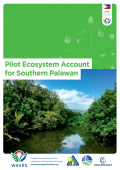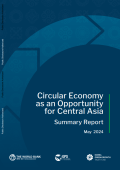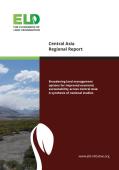
Central Asia experiences frequent sand and dust storms (SDS), which have been made worse by human activity. Formed from the dry Aral Seabed and with an estimated area of 60,000 km2 , the Aralkum Desert with its high salt concentration has become an additional source of SDS. This has not only transformed the surrounding environment, triggering soil degradation and desertification processes, but also resulted in poor health and the loss of livelihoods.
The main objective of this study is to provide an economic analysis of the benefits of afforestation of the former Aral Seabed in Uzbekistan. To establish economic benefits, the best vegetation-based rehabilitation scenarios are defined. Then, the impact of wind erosion on ecosystem services is estimated by modeling sediment movement and dust production under each rehabilitation scenario. Finally, costs related to SDS in the Aral Seabed, and the potential benefits of vegetation-based rehabilitation scenarios, are estimated.
Proper estimation and categorization of economic benefits associated with each scenario of landscape restoration enables the Government of Uzbekistan and local authorities to allocate limited resources in an efficient way, supporting promising rehabilitation techniques and practices.




